Case Number : Case 2682 - 16 October 2020 Posted By: Dr. Richard Carr
Please read the clinical history and view the images by clicking on them before you proffer your diagnosis.
Submitted Date :
F45. Cheek. ? SCC.

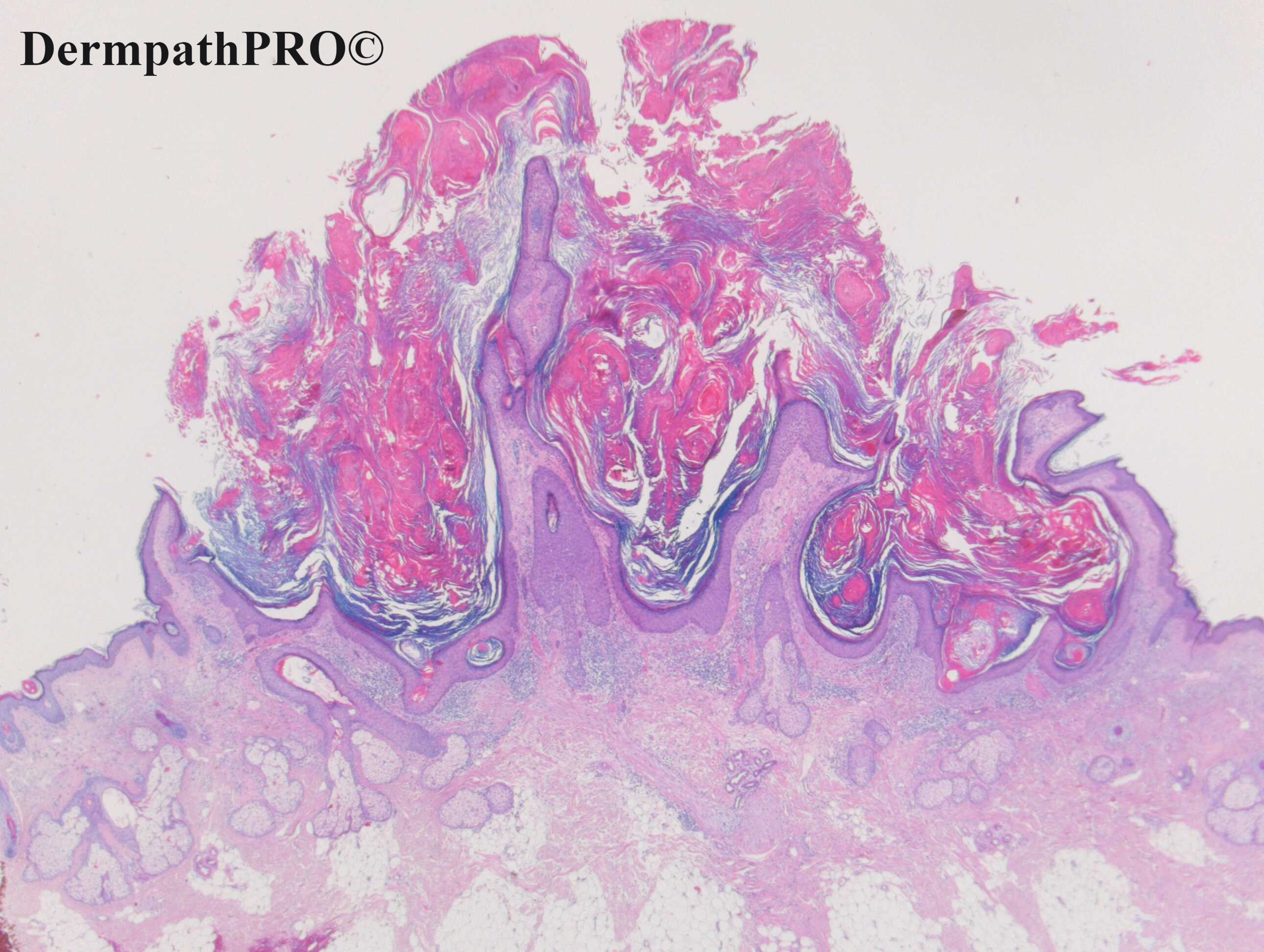
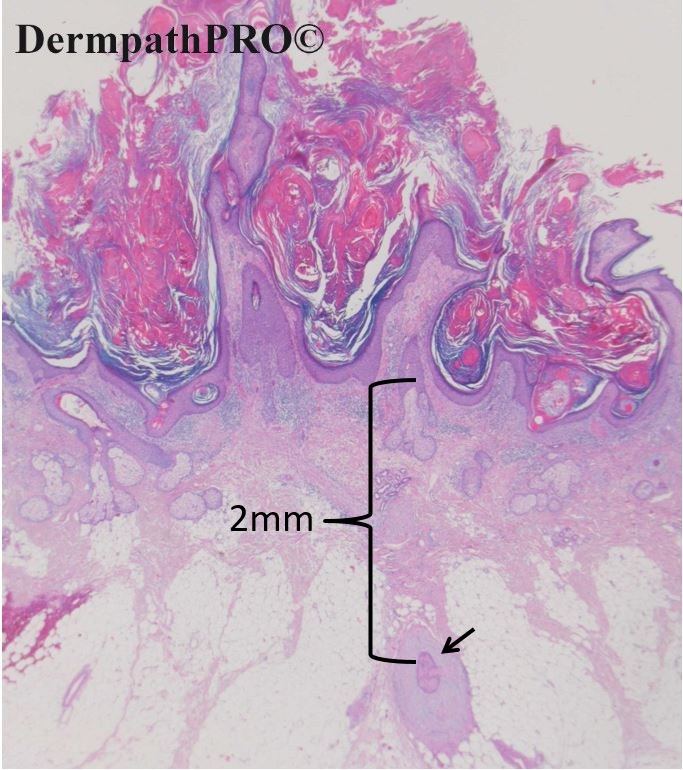
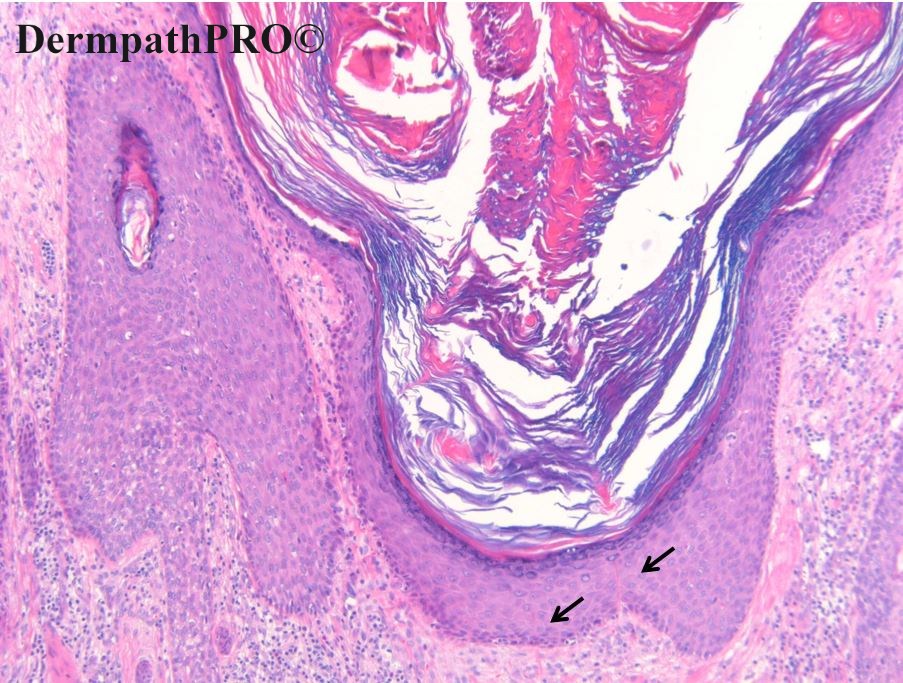
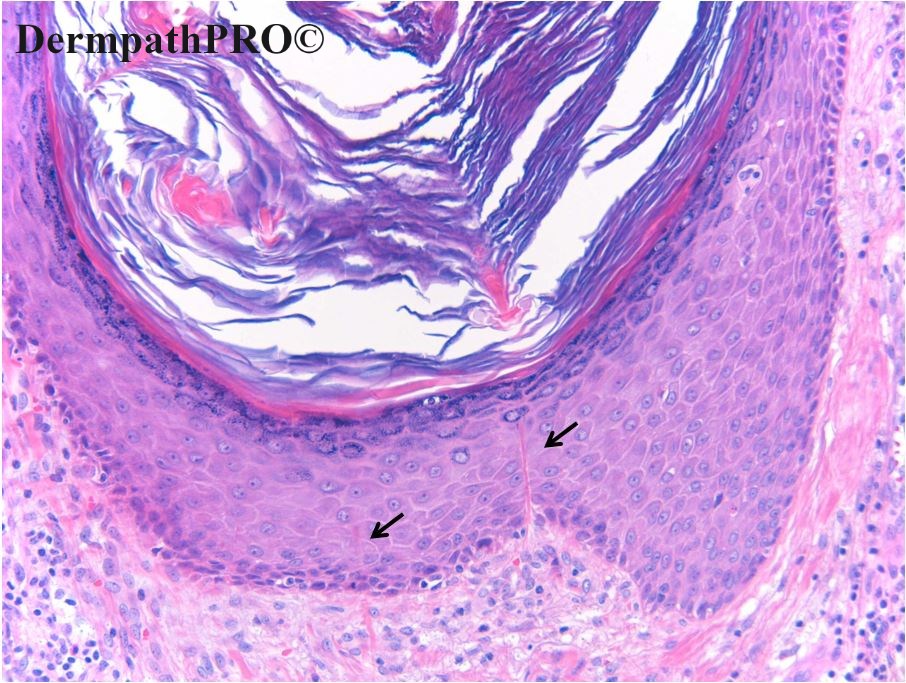


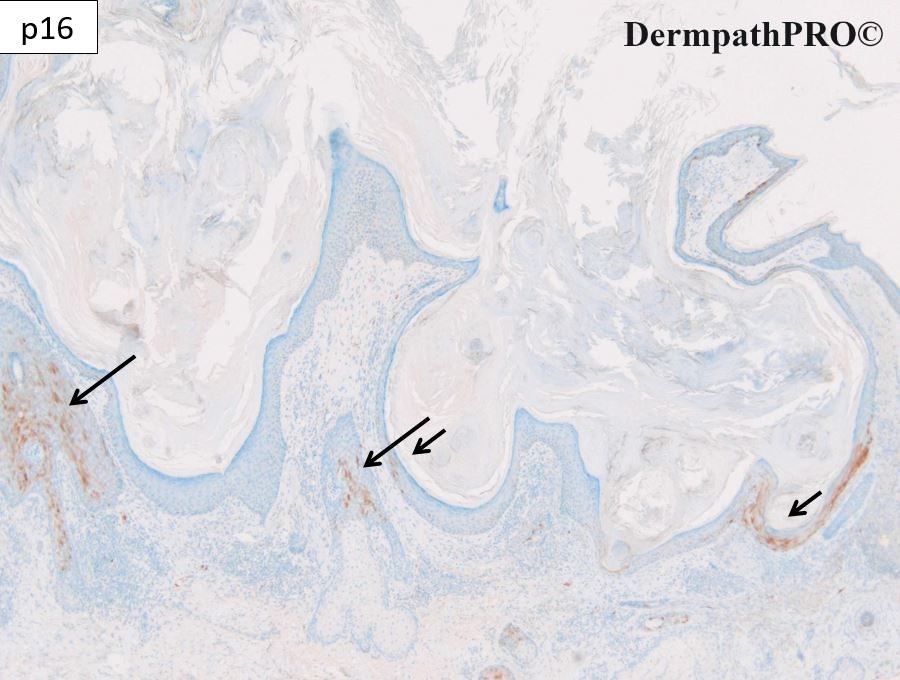
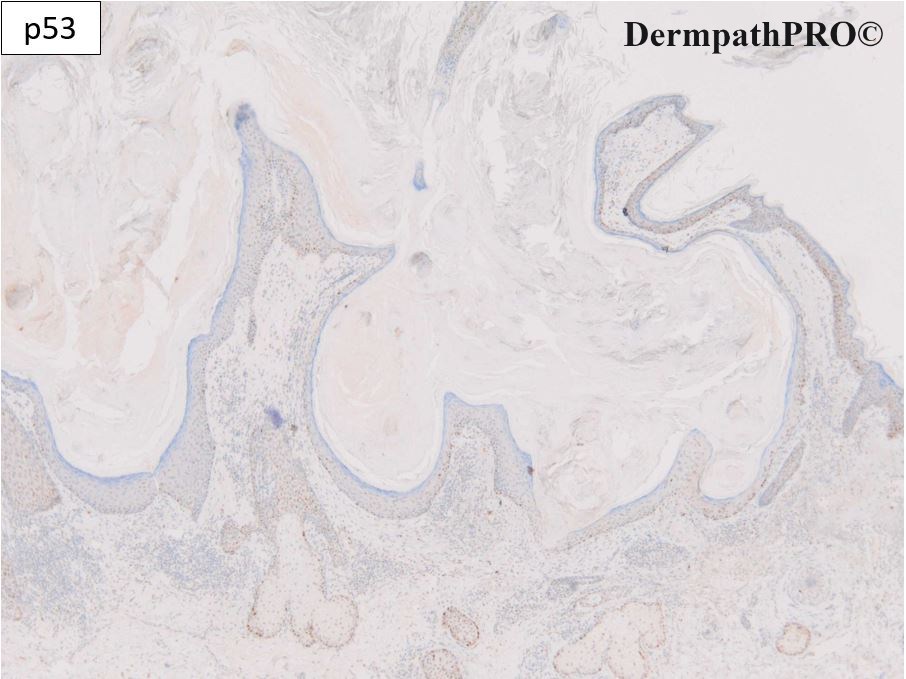
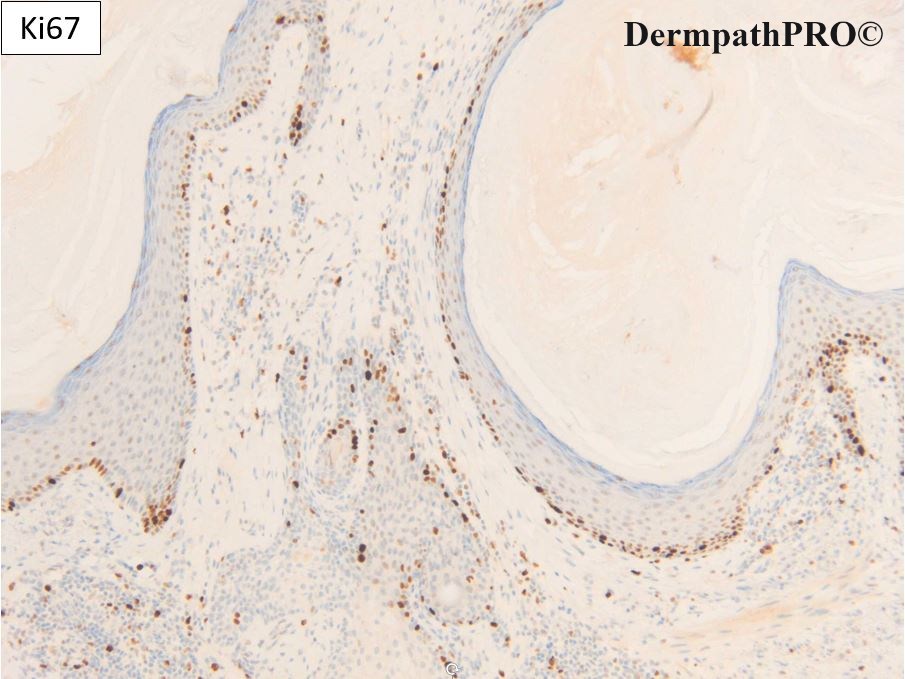
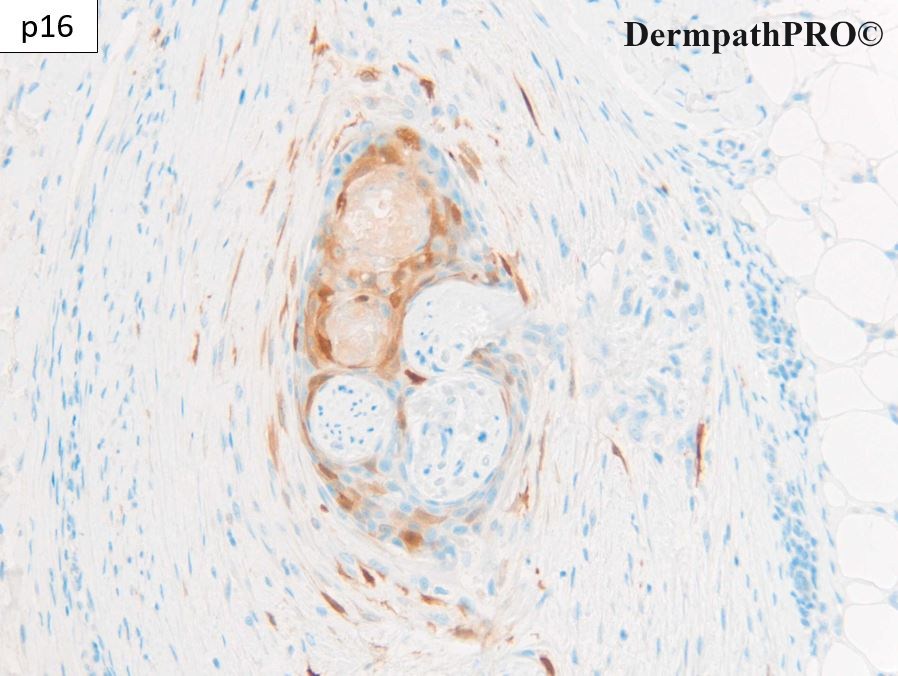

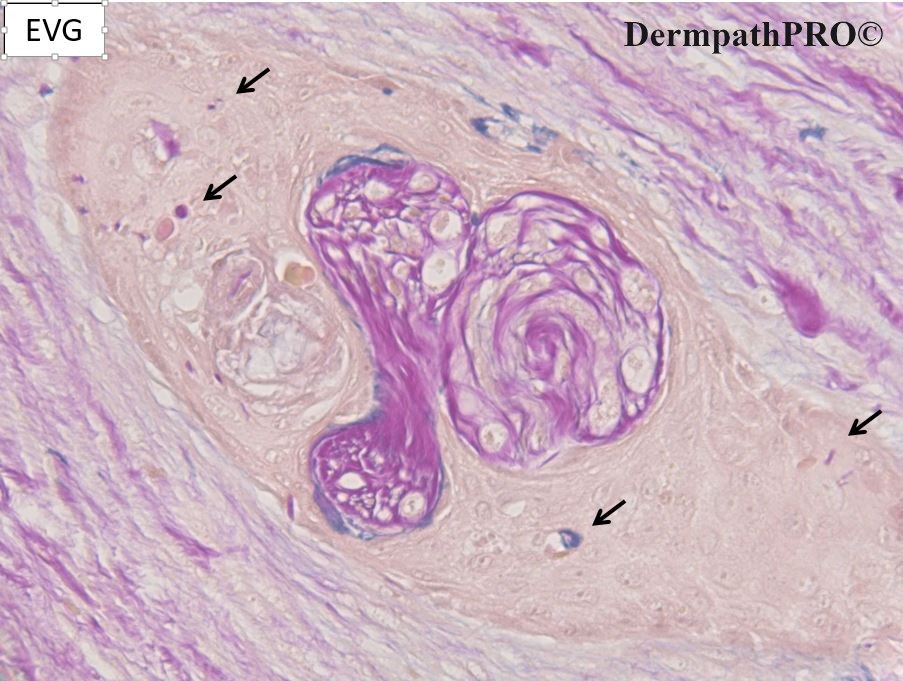
Join the conversation
You can post now and register later. If you have an account, sign in now to post with your account.